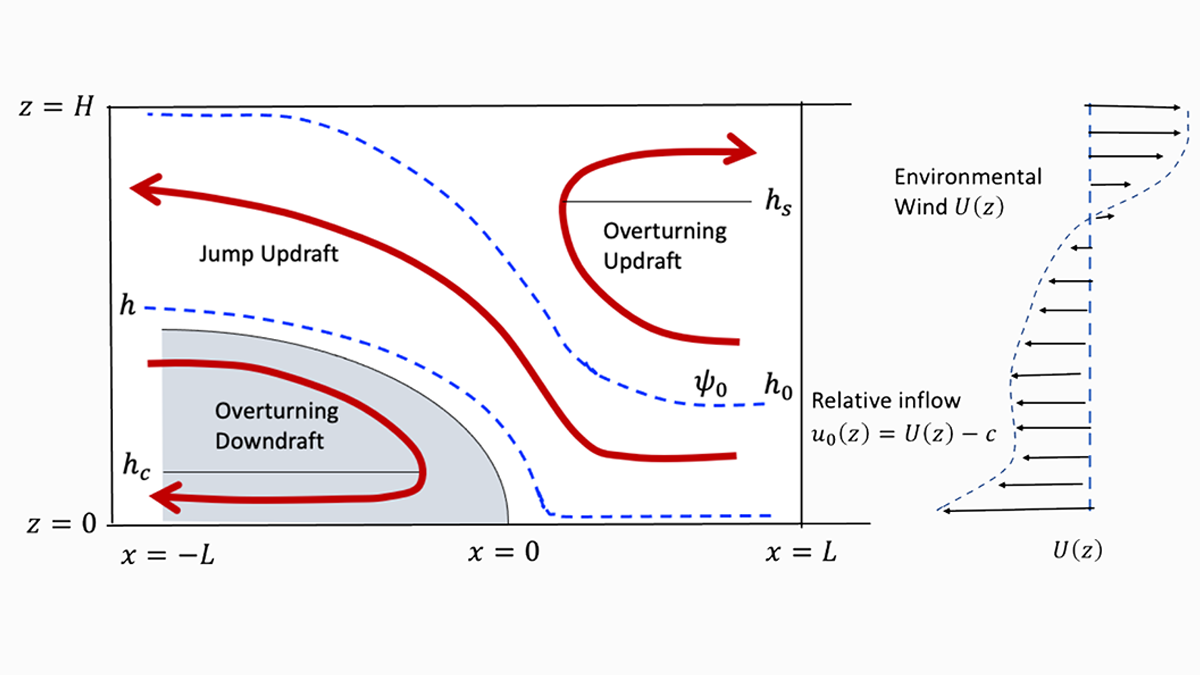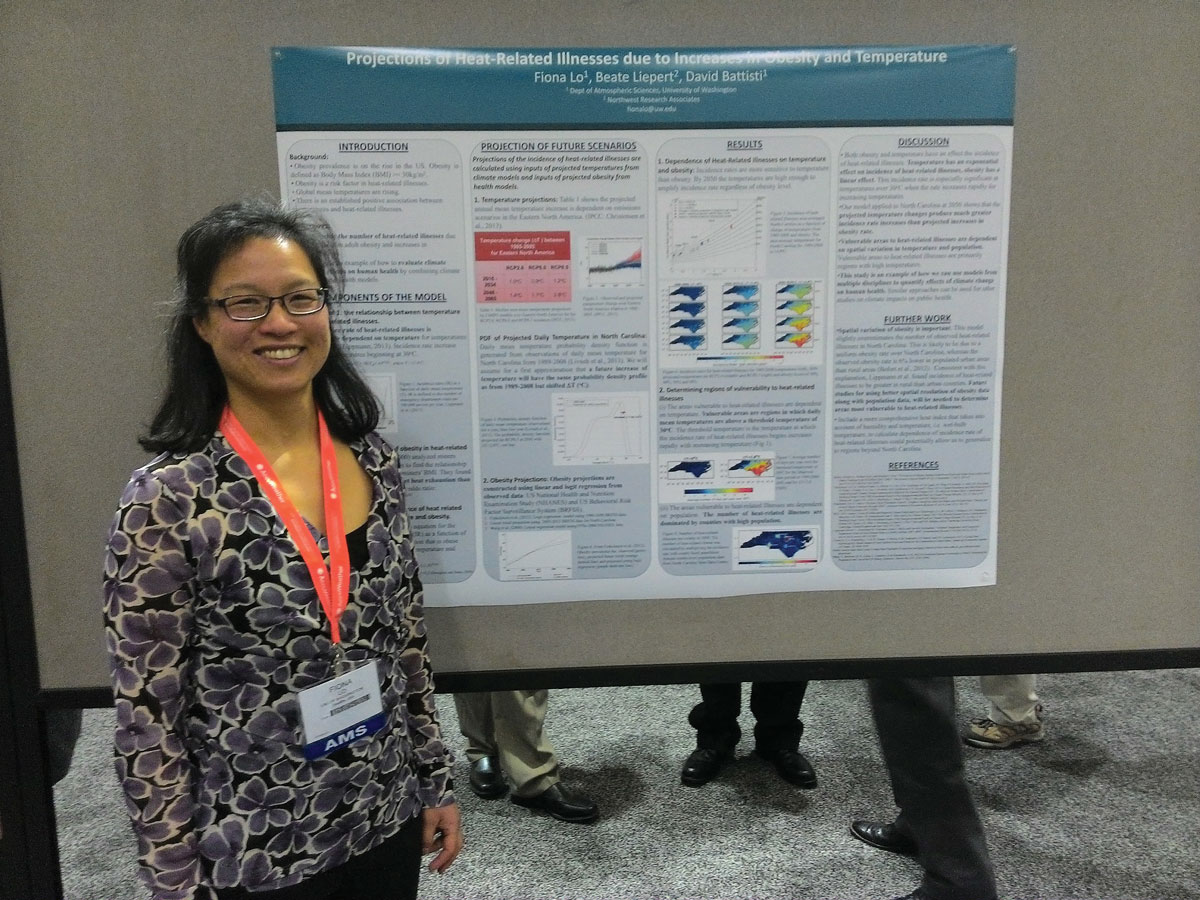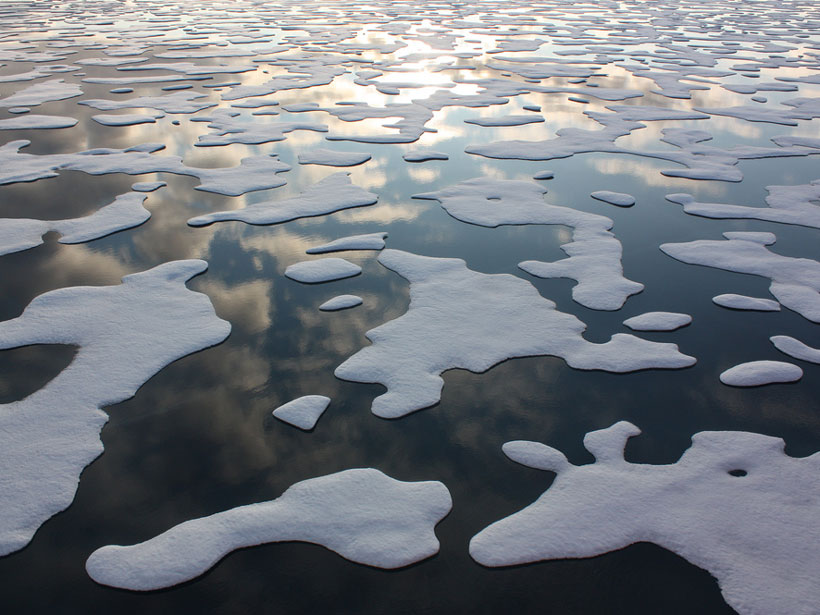About 50 years ago, vorticity thinking helped unveil basic properties of squall lines. Zhang now provides a closed theory, demystifying one of nature’s most important forms of convective organization.
meteorology
Drones Make Weather Prediction Easier at the Poles
Researchers measured wind speed with a commercially available drone and a lightweight sensor. The approach could help scientists gather more data from remote environments.
Fiona Lo: A “Really Long, Convoluted Path” to Health
Lo uses her background in atmospheric sciences to forecast pollen concentrations.
Supercell Thunderstorms Shake Up the Stratosphere
Supercell storm tops may act like mountains that obstruct winds, transforming their flow into violent turbulence that mixes near-surface air with the stratosphere above.
Los retos de predecir las pequeñas, pero intensas, depresiones polares
Estas intensas tormentas marítimas suponen una amenaza para las comunidades costeras y las actividades económicas de las altas latitudes y puede que influencien el clima y la circulación oceánica.
When Wild Weather Blew Old Sea Ice South
Last winter, an unprecedented high-pressure system over the Arctic drove nearly a quarter of old sea ice into warmer waters, putting it at greater risk of melting.
The Challenges of Forecasting Small, But Mighty, Polar Lows
These intense maritime storms pose threats to high-latitude coastal communities and economic activities and may influence climate and ocean circulation.
Raising Central American Orography Improves Climate Simulation
Elevation of Central American orography significantly reduces the pervasive tropical rainfall bias by blocking the easterlies and consequently warming the northeastern tropical Pacific.
Climate Clues from One of the Rainiest Places on Earth
One of the world’s rainiest places lies off Colombia’s Pacific coast. New field research sheds light on the Chocó low-level jet, a phenomenon responsible for the region’s precipitation.
The Who, What, When, Where, and Why of the Polar Vortex
Here’s a rundown of what this atmospheric phenomenon really is and why it matters.










